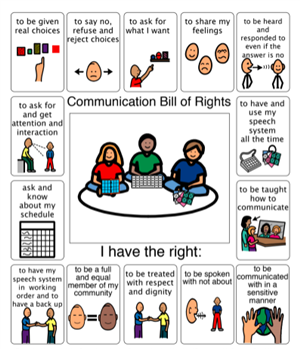Assistive Technology (AT) Resources for Parents
-
Assistive Technology (AT) includes a broad range of tools from pencil grips to reading apps to high tech speech generating devices. Assistive Technology is defined as "any item, piece of equipment, or product system, whether acquired commercially off the shelf, modified, or customized, that is used to increase, maintain, or improve functional capabilities of individuals with disabilities." in the Assistance to Individuals with Disabilities Act of 1988 (Tech Act). All IEPs must consider a student's needs for assistive technology to recieve a free and appropriate education. If you have questions about assistive technology for your student, contact your student's IEP team.
Assistive Technology tips are compiled in SPPS Tech Talks for Parents which can be found in the links below.
Tech Talks for Parents
Augmentative Communication Resources for Parents
-
Augmentive and Alternative Communication (AAC) systems are powerful tools to help students learn to communicate. AAC helps students learn to understand and use vocabulary. AAC has even been shown to help students develop speech skills. But AAC isn't magic. Students, their teachers and their families need to practice using AAC to learn to how communicate with it.
Research based strategies can help students and their partners practice using AAC to learn to communicate more effectively. Resources for learning these strategies are available in the link below. These AAC Strategy resources have been translated into Hmong, Karen, Somali, and Spanish. Both the Talk and Point strategy (TAP) and Following the Child's Lead strategies are available.. More AAC Research Based strategies will be added in the future.
AAC Research-Based Strategies Link
Communication is a basic human right. The National Joint Committee for the Communication Needs of Persons With Severe Disabilities (NJC) developed the following statement, "All people with a disability of any extent or severity have a basic right to affect, through communication, the conditions of their existence. Beyond this general right, a number of specific communication rights should be ensured in all daily interactions and interventions involving persons who have severe disabilities. To participate fully in communication interactions, each person has these fundamental communication rights: For a full list of the statement, go to https://www.asha.org/NJC/Communication-Bill-of-Rights/
Communication Bill of Rights

Link to translated Communication Bill of Rights in symbol form: English, Hmong, Karen, Somali, Spanish




